Having completed the first of my two Snow Monkeys & Hokkaido, Japan Winter Wildlife tours for 2017, today we continue our travelogue series to walk you through our adventures along with a selection of photographs.
We pick up the trail today on day six. Last week we’d completed our last visit to the bridge to photograph the Red-Crowned Cranes in their idillic misty river surroundings, and after breakfast we drove over to Lake Kussharo to photograph the Whooper Swans there.
We first stopped in a corner of the lake called Kotan, then, after lunch, seeing how the group were obviously flagging from our early starts over the last three days, we went to the hotel to check in early, but then came back out as the sun went down to do some panning. This first shot for today is from that panning session (below).
The lake was thawing a little in places, which doesn’t always look great in a regular photograph, but in this panning image with the way it causes streak on the background I’m actually quite happy with this. It adds a bit of texture to the background that we don’t usually have.
On the morning of day seven, we went back to the beach at the lake in the hope of getting some fly-ins. It was quite cold on this morning though, so as with the cranes, the swans will stay in their roost longer when it’s cold. We also found that a lot of them just swam in from nearby thawed patches, so we only got a few opportunities to photograph them in flight on this first morning.
One shot from this session that I’m half happy with is this one (below) where three Whooper Swans did fly in with the mountains around the lake in the background. The main thing that I don’t like about this image is the blue sky. I’m really not a fan of blue skies. They just don’t appeal to me, except occasionally when a bird is almost full frame with a blue sky behind it, and even then, just plain blue bugs me.
You’ll notice also that I cropped this down to a 1:2 ratio, and I did that for two reasons. The first reason is that the focus points on the 5Ds R are all quite close to the center of the frame, so by default if I have autofocus engaged I’ll end up with the subject inside that focussing frame. The other thing is that I didn’t want to include much of the lake, as it wasn’t fully frozen and therefore overly textured. Both of these reasons resulted in me including too much of that crappy blue sky, so I cropped most of it away. I was at f/11 for 1/1000 of a second at ISO 400 for this shot.
After breakfast, we went back to Kotan, the place we’d visited first the previous day, and we basically just hung out with the swans, nice and intimate on the edge of the lake. At one point, we were too intimate for my 100-400mm lens, so when this Whooper Swan fully stretched out his wings right in front of me they went clean out of the edge of the frame.
I’m not against cropping the wings off of birds, in fact I do it quite a lot, but in this case it was unintentional and an awkward crop. Luckily this first frame is also pretty cool, as we can see all the lovely detail in the underside of the backlit wings, and you lose that when they are fully spread, so all is good. For this I was at f/8 for 1/800 of a second at ISO 125.
This spot is generally very relaxing, once you put out of mind the occasional group of annoying tourists that appear from time to time to destroy the tranquility, and I generally just really like sitting in the snow, and watching the swans do their thing. While we were there, a small group of swans walked to the unfrozen pool in the lake from our right, and I shot this next photo (below) where one of the swans was just looking straight at me, as though he was wondering what we were doing there.
I like the intimate low angle for this shot. I sometimes use the Canon Angle Finder C for this kind of low handheld work, but there wasn’t time to put that on, so I literally just rolled over on the ice looking into the camera vertically, as though in portrait orientation from my perspective, and used the digital level in the viewfinder to get the horizon pretty much straight. My settings were f/8 for a 1/800 of a second at ISO 200.
We went back to the hotel for lunch, and did a 90 minute workshop session in the afternoon, then headed back out for another panning session as the sun went down. I got my usual sort of panning shots, so I won’t share one today, but I do have some cool shots from our last morning with the swans to share now.
Whooper Swan Fly-ins Galore!
We arrived back at the lake the following morning having had an early breakfast and checking out, and unlike the previous day, when we didn’t really get any fly-ins, this morning was pretty amazing. A group arrived as we did, before anyone was ready to shoot them, but then we were presented with some beautiful fly-ins over the hour or so that we were there.
Although only two swans, one of my favorite shots from this morning session, was this one (below). I love the tonal qualities in this image, with the soft diffused light from the overcast sky on the swans, and look at that lovely grey, textured sky. To me this is worlds better than that yucky blue sky in the photo from the previous day.
I also really like it when we can include a beautiful background like this, with the mountains on the far side of the lake below the clouds. This really puts the animals in their environment, which always feels nice to me. There is actually a third location on this lake where there are lots of swans, but I don’t take the group there, because it’s not very pretty. For me, the background at this location is what really makes the images when it comes together.
I was also happy that the underside of these swans was clean. If you noticed the yellow belly on the swan in the previous photo, this comes from the bottom of the lake, as some of the places they rest has very shallow water, and because they forage on the lake bed, they kick up all sorts of mess. These guys didn’t have that on them, so that’s great. I shot this at f/10 for a 1/500 of a second shutter speed, at ISO 2500.
A larger group of swans flew in for this next image (below) which I called Nine Whooper Swans. You can probably only count seven in the photo, but there are two more swans in the distance, to the right, over the dark patch on the mountain. Sometimes I like to play with the title of my images, to lead the viewer to find something that they may not find otherwise.
If this was printed large on a wall, it would probably be easy enough to find these swans without help from the title, but if you click on the image on the blog and have a look at it at the larger size, you will probably be able to see them. So what? You might think, and you’d be right. It’s just a bit of fun. I like it when images have an “Easter Egg” for you to find if you look hard enough, that’s all. As the sun got higher in the sky behind the clouds I had now decreased my ISO to 1600, at a 1/500 of a second exposure at f/10.
Cloudy Morning Panning
We had arranged it with the owners of the restaurant that are charged with throwing out grain for the swans, so that we would feed them instead on this morning. That gave us one last opportunity to do some panning, because we can throw the grain to the birds at the other end of the beach, which means those that aren’t already there, will fly past us to get their share. Here is one of my single swan panning shots from that session (below).
The problem with panning with the birds at the end of the day, as we’d done the previous evening, is that depending on the wind direction, the light is sometimes coming from the left as the birds fly to the right, which means their backs are brighter than their heads and undersides. What I loved about this is that there is beautiful soft diffused light from the overcast sky, and the sun is coming from behind us in the morning, which gives us a beautiful look for the birds. I shot this at a 1/40 of a second at f/10, ISO 100.
As we waited for our tour conductor, come bird feeder, to walk around the back of the car park, to pop up at the other end of the beach to make the swans fly for a fourth and last time, another large group of swans flew in, as you can see in this photograph (below). We saw them a way out, so I could have changed my settings back to a fast shutter speed, but I decided to see what it would look like with the 1/40 of a second that I had set.
I actually quite like the results. A number of the swans have sharp heads, and the blur of the wings on most of them is a look that I enjoy working with, so this works for me. My settings were the same except that I’d now changed my aperture from f/10 to f/11.
This last shot of the swans is a bit crazy, but I like it, so I thought I’d include this too. We did one last feeding of the swans to get them to fly past the group again, for a final panning frenzy, and this is one of the shots I got (below).
I like to try and get multiple swans in the frame when possible, and I was doing that here, but managed to get the foreground swans almost filling the bottom of the frame, with a relatively sharp head. This is uncropped, and pretty much straight out of the camera. I might remove that third swan’s butt from the bottom right corner later, but for now I thought I’d share this as it is. This was a 1/30 of a second exposure at f/11, ISO 100.
After the swans, we paid our usual brief visit to Iouzan or Sulphur Mountain, partly because I like to do our group shot there, but also because it’s just a really whacky place to shoot, as you can see in this final photo for today (below). As one of the participants in this group said, although you see fumaroles in volcanic areas, I’ve really not seen any that are built up the way these are, so it makes for a cool subject.
If you recall my images of this place from previous years, and if you have a really good memory, you may recall that I used to process these images in Color Efex Pro. I actually stopped doing that, just like I’ve stopped using Silver Efex Pro, since I jumped ship to Capture One Pro. I was actually wondering how this would turn out, but I continue to really like the look I can get with Capture One.
Our Applications Drive Our Processing Decisions
This looks much more natural to me than my Color Efex Pro versions. I liked the old Color Efex images when I was doing them, although I was always aware that they were a bit heavy on the processing. What I’m now come to understand though is just how much the application really drives the decisions we make during the processing of our images. I can take my images just as far in Capture One if I want to, but now it feels totally over done when I do.
Having used Capture One for eight months now, I really feel as though it has improved my work in many ways, and although I was never really unhappy with Lightroom, I feel that my workflow is now much faster in Capture One Pro. One of the main reasons I can get through my images more quickly, is because I can copy the modifications and adjustment that I make on an image to the clipboard, and then just paste them back on to other images, one at a time, or in batch if I have a lot of similar images.
In Lightroom to do that I had to create a Develop preset then apply it to each image, and although that’s easy enough, it’s a few more steps, and requires the mouse rather than a keyboard shortcut, so this has turned out to be another of Capture One Pro’s many strengths.
OK, so we’ll leave it there for this week. I still have 99 images left in my collection of photos to talk about for this trip, so I’ll try to get them down to one last episode, so that we can move on to Tour #2 when I get back. We’ll see how that goes, but either way, by the time I get to that, I’ll be back from the second of these tours, which I’ll be half way through on the day that I release this episode.
Snow Monkeys & Hokkaido Tours 2019
Because our 2018 tours have now filled, we’ve now started to take bookings for 2019, so if you might be interested, please check the details and book at https://mbp.ac/ww2019. If you’d like to be added to the wait list for 2018, please drop us a line.
Show Notes
Check out details of the 2019 tours here: https://mbp.ac/ww2019
Contact us to be added to the 2018 wait list: https://mbp.ac/contact
Subscribe in iTunes for Enhanced Podcasts delivered automatically to your computer.
Download this Podcast in MP3 format (Audio Only).
Download this Podcast in Enhanced Podcast M4A format. This requires Apple iTunes or Quicktime to view/listen.


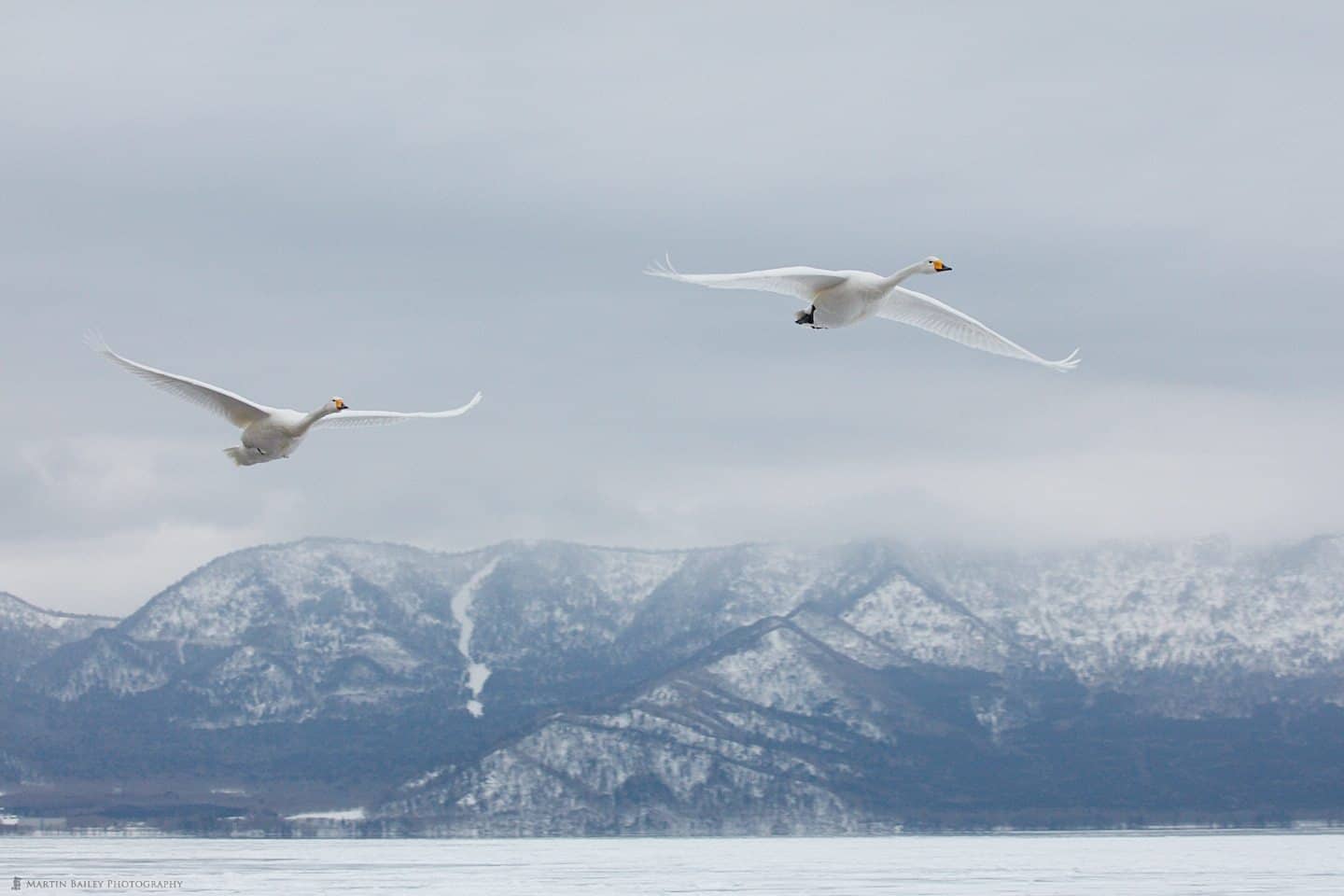
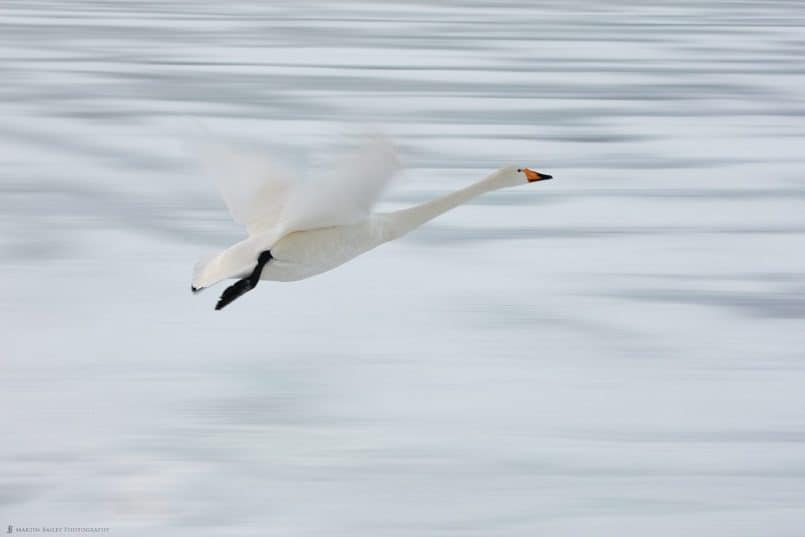
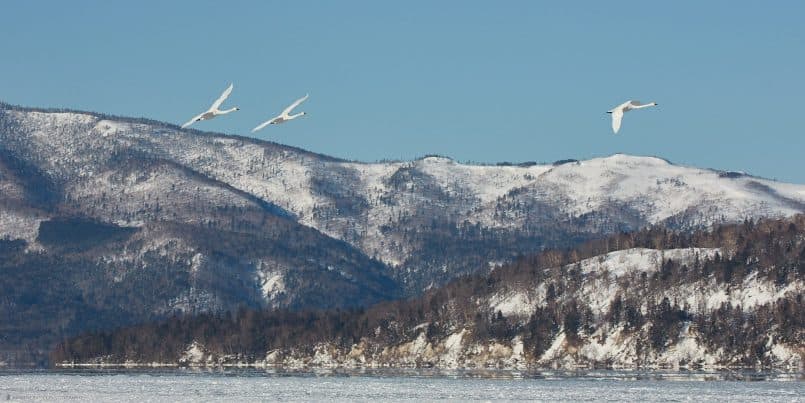
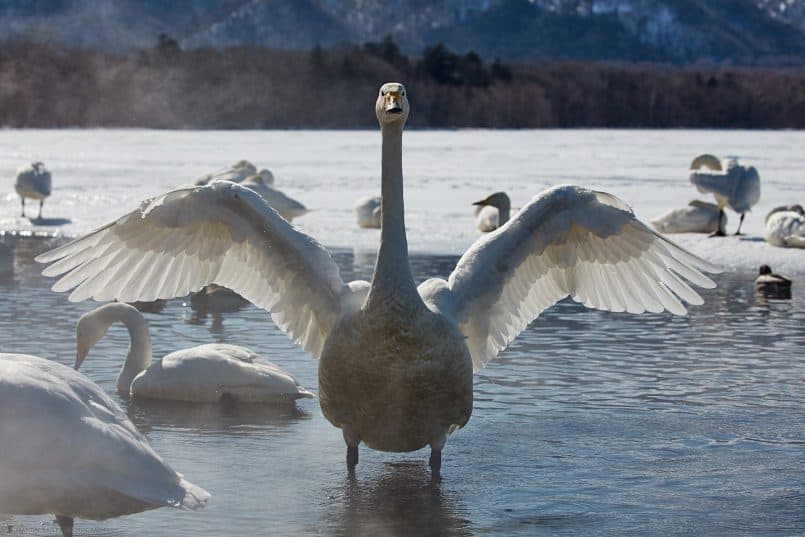
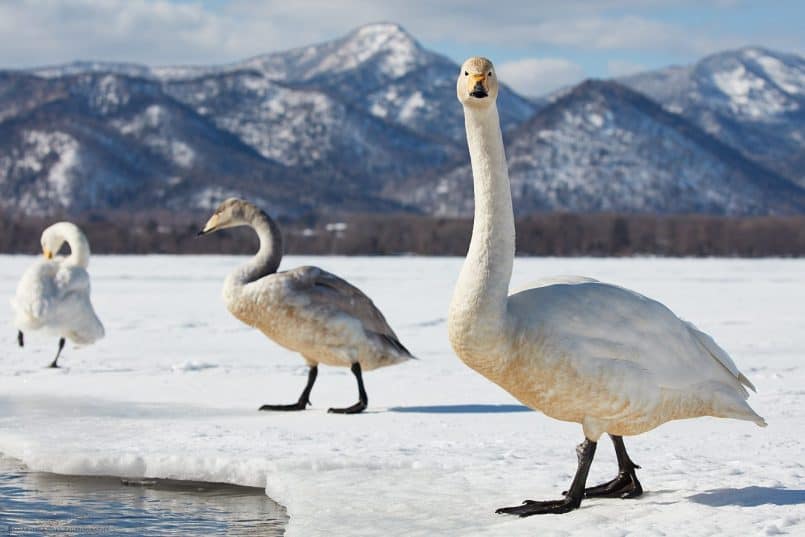
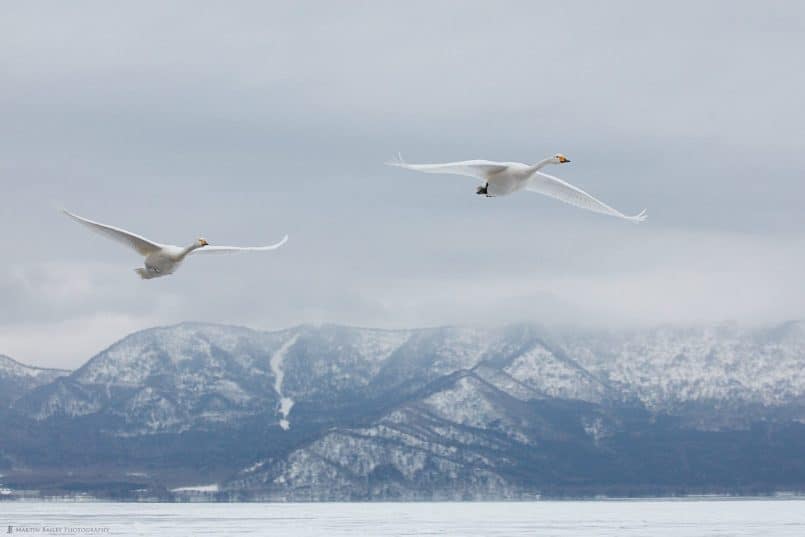
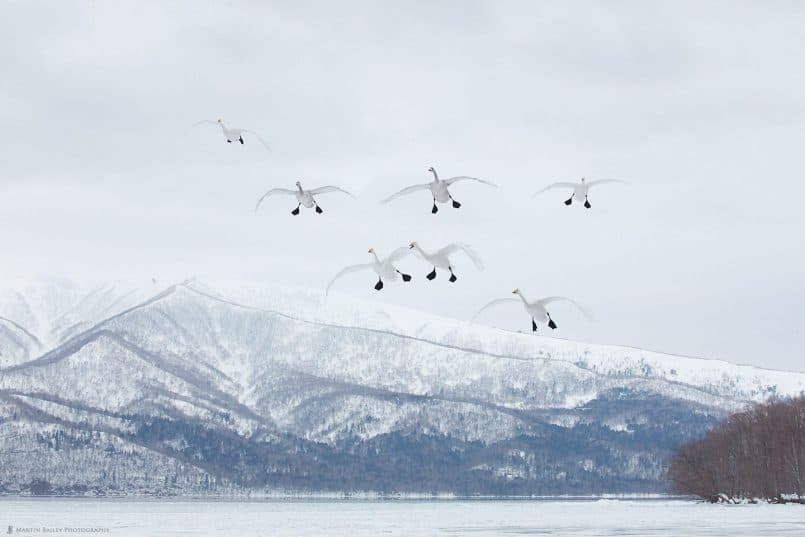
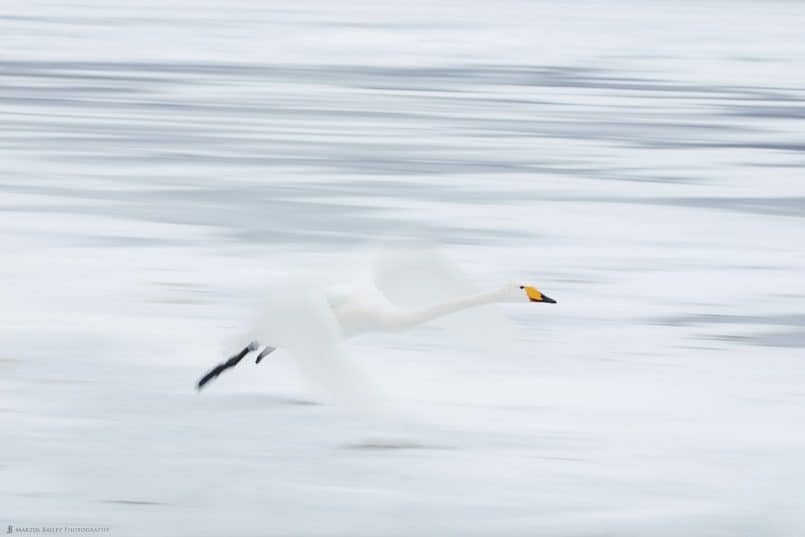
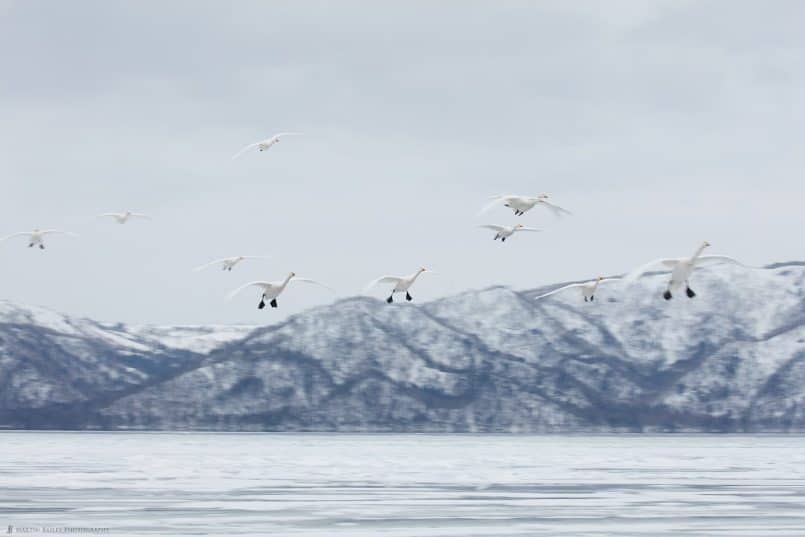
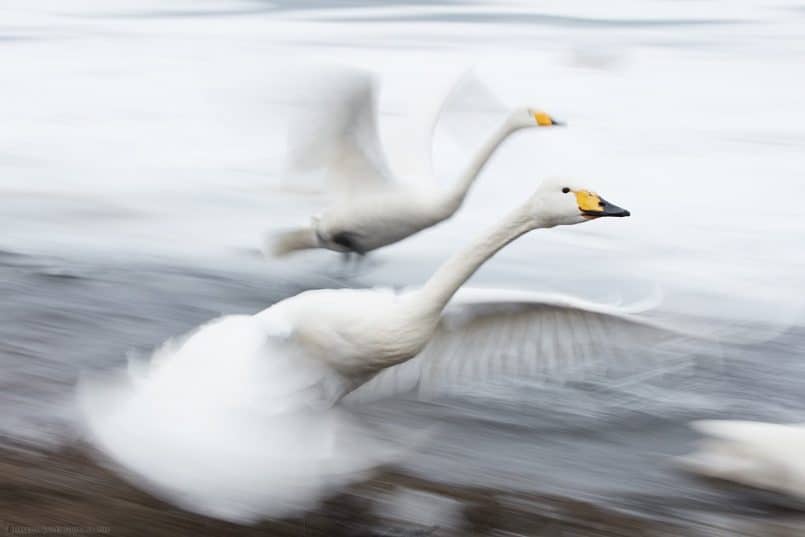
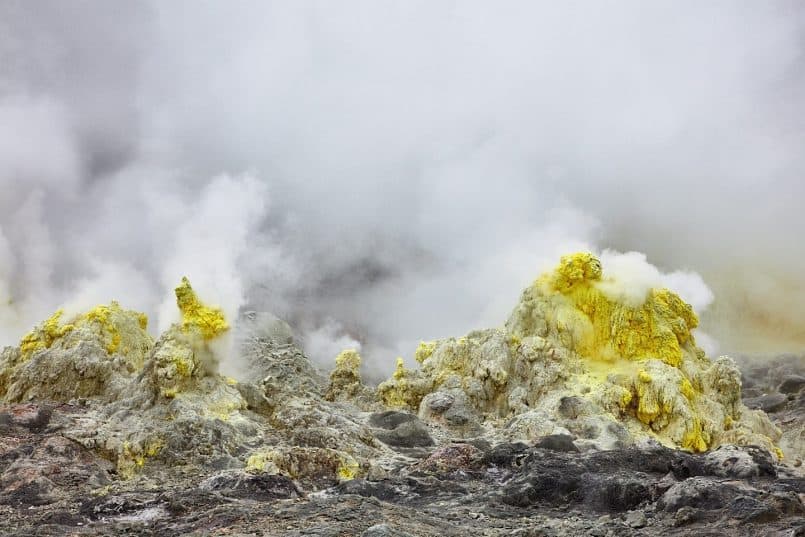
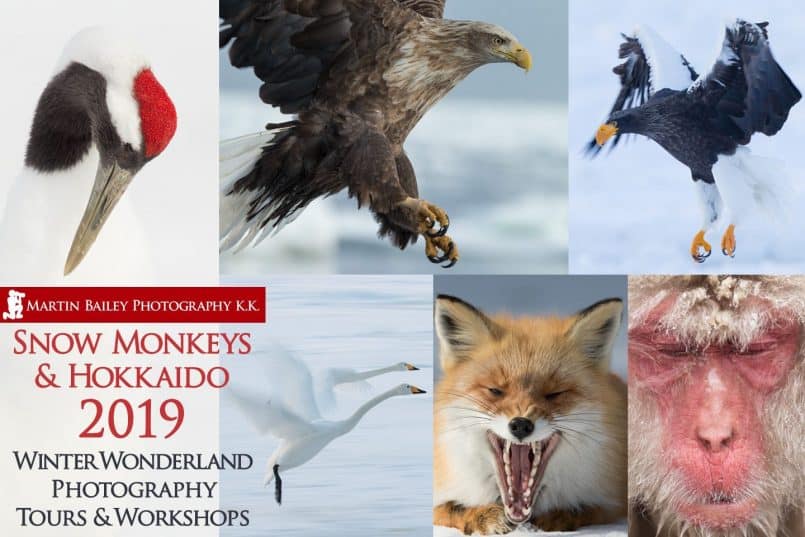

Martin, thanks for another great travelogue podcast. I think I like this kind (travelogues) best and get them most from them of all your podcasts. I have a question about your comment at the end re Capture One Pro’s ability to copy/paste being an another advantage over Lightroom. I don’t use Capture One, but I am a Lightroom user and I’m considering making the switch. In LR, I frequently copy adjustments from one image to others via the Copy and Paste buttons in the Develop module, and this seems to work well. I’m wondering if you can explain how this feature in LR differs from C1’s copy/paste and why is C1’s better? Thanks!
Hi Kelly,
I’m pleased you enjoy these travelogues.
If you actually can do that, it would seem that I just missed that feature in Lightroom. I don’t have time to check right now, but I didn’t know that was possible, so that’s a point back for Lightroom.
Cheers,
Martin.
I like my skies, which are often clear and blue here in San Diego, better when I adjust the Hue toward magenta using the Targeted Adjustment Tool in the HSL panel of Lightroom.
Here is a great article about Capture One and Lightroom by Martin Evening: http://bit.ly/2luaQSr
I enjoy your podcasts. Thank you!!
Thanks Eric! I’m sure I’d work with what I had if I lived in San Diego, but personally, I prefer grey, textured skies. 🙂